It’s been interesting to hear how the reaction to the fact that we make our products in California has changed since 2009. Initially, it wasn’t surprising because we were really small and just selling things at booths in local design street fairs. Folks weren’t expecting these things to be coming in on container ships.
Over the next few years, people got used to the fact that more and more of their products were made abroad. So folks seemed to find it refreshing to hear that we still made SlimFold wallets in USA.
Recently, with the rise of Amazon, private labeling, and drop-shipping, more and more small companies have been importing their products. And the reaction from other business owners and some new customers to the fact that we don’t has been one of genuine surprise and confusion. The first thing they say is, "Why?”
So I thought I’d reflect on that a bit and explore just a few of the reasons that companies make things locally...
Marketing
For many companies the answer begins and ends with marketing. They want to be able to say they make their products in a particular place and try to make the economics work. For leather handbags to say they’re made in Italy, companies have gone so far as to make their products in China but not connect the handle to the bag. Then this “final assembly step” which technically defines its origin is done in Italy, along with sewing in the “Made in Italy” tag.
Product Quality
While I am proud that my products are made in the USA, the fact that they’re made here has a bit more to do with the organic nature of how I partner with local shops to bring my products to life.
I tend to solve design problems by applying advanced production techniques and I’m continually amazed by the local companies I discover who have the equipment I’m looking for and the expertise to get amazing results with it. In this way, the product design and quality is usually enhanced by this collaboration with the actual makers.
By integrating these local companies into the late stages of prototyping, and often using the same providers for both prototyping and production, the transition into manufacturing is seamless and quality remains high.
Contributing to the Local Economy
For whatever reason, most of the companies I end up working with are Father-son teams… or in one case, a daughter who became the CEO. But I don’t see it as doing any favors for these companies. Instead, they’re almost extensions of my team who I depend on at least as much if not more than they depend on me.
Is it important to you?
One of the reasons I’ve begun to think about this more is based on customer feedback. There are some customers who would rather pay a lower price, so interpret the fact that we make our products in California as a needless extra expense for them. I can understand this and also wish more folks would be able to afford and enjoy what we make.
As it stands now, making these products locally is integral to the design process and location of the labor can’t be substituted 1:1. So the existence of the products is an extension of the design process, which happens to take place in California. More like growing grapes for a wine in a particular place than the formula for coke which can be made anywhere.
That’s not to say it would be impossible to transplant our process and manufacturing somewhere else, but we’re currently focusing our efforts on developing new products instead.
So that’s my current thinking on why we make stuff here. Just like I don’t see myself as doing any favors for our local partners by making our products here, I hope you can also see the value in the products we create regardless of where they’re made.
I’d love to hear your thoughts on the topic in your comments below….

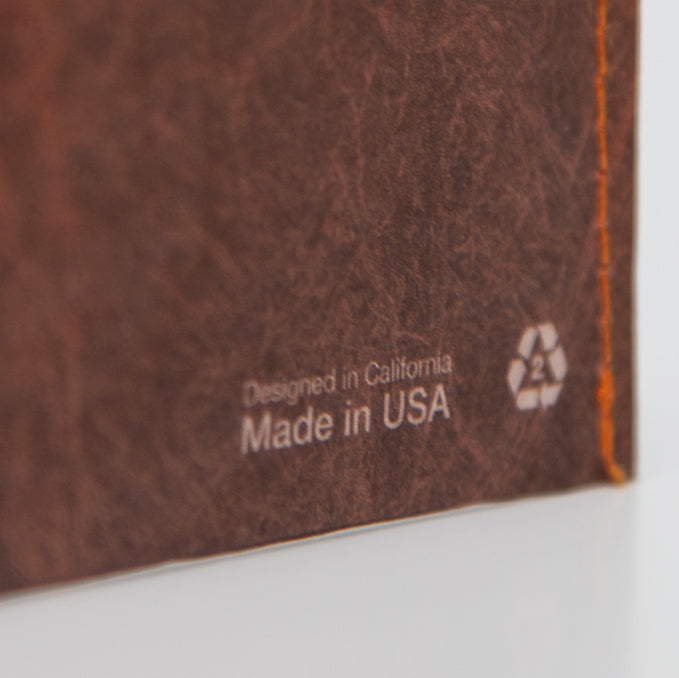
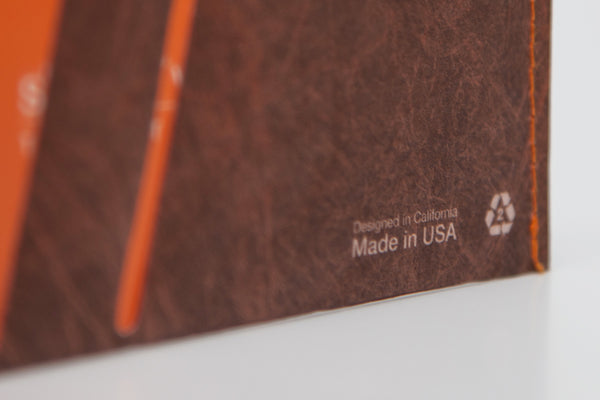
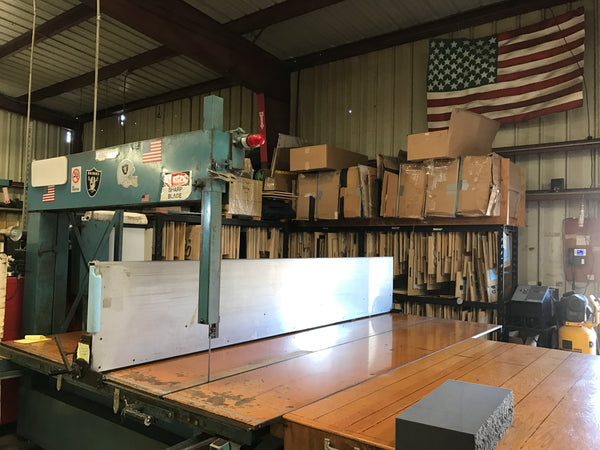
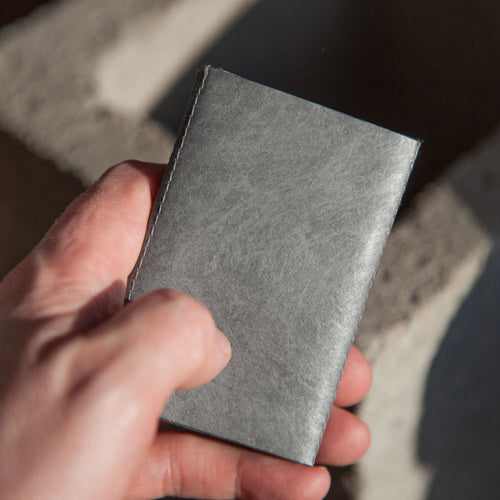
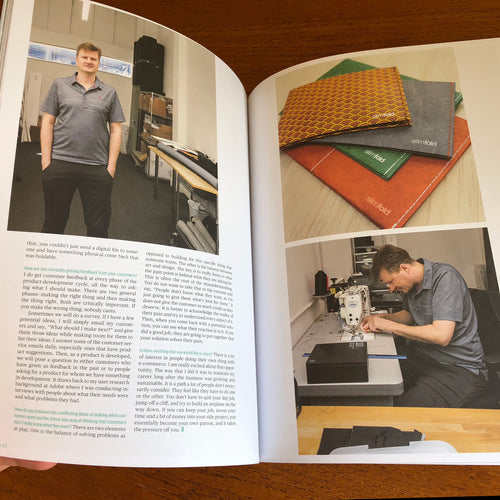

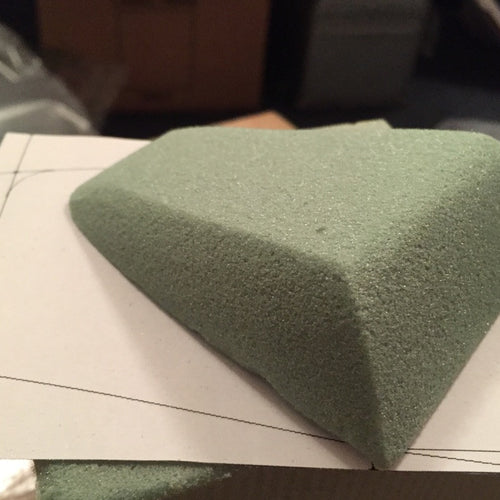
I support your decision in selecting California for manufacturing 100%. Being able to inform your design by having the manufacturers participate directly in the process is a core reason you make distinct and extremely high quality products that people want. Exporting that feedback loop overseas would certainly slow down your rate of innovation and wouldn’t actually guarantee that the pricing would end up being that much lower. Your choice of unique materials brings its own challenges, and being able to directly oversee manufacturer’s quality is a benefit in and of itself. Ultimately you need to select what type of customers you want buying your products. Is it the group that wants you to reduce quality/innovation in order to get the price down to a point that they can maybe afford to participate in, or is it the consumer who truly values your hard work and effort and believes that the value of the product you provide is worth every penny and will advocate for you with their friends and family? I have often shown your Slim wallet to people who are blown away by its style and compactness. I know that at least two of them have made purchases because they liked it so much.
Hey Dave,
Great story. Keep up the good work.
There’s no getting around the fact that price is a driver of purchase decisions. Not necessarily the main one. I pay extra for organic produce. I pay extra for a good story. Unfortunately, “wallet” is kind of a commodity: I don’t know a guy who doesn’t have at least one. However, as luxury “designer” wallets go, your offerings are amazingly affordable and accessible!
Any plans to offer a tri-fold? Make mine green on the inside. I’d pay extra for that kind of lux!
All the best,
Tom
@Jim – Thanks for the comment! Yeah it makes the transition from the final stages of prototyping to production one where the local vendors with high-end equipment can become my advisors on how to best make things… resulting in a better product. Instead of trying to have a factory translate something with possible degradation.
@Brian – Awesome, glad you’re enjoying the wallet at the 3-year mark!
I do agree with some folks that the price is a showstopper for people that want some of your products and I see that part of the price is due to the wallets being made in the USA. However, let me tell you that the quality compensates the cost. I did have a micro Tyvek which was stolen from me. Later on, I received a coupon due to a manufacturing issue with the micro Tyvek, so that was the only reason I bought a micro soft shell (which I really like and it’s the best wallet I’ve ever had).
I absolutely see the value of working with local vendors. Not even counting the effect on the local economy (which may be negligible), it allows for more flexibility for design tweaks and facilitates good QC when your vendors are down the street instead of across the globe. I also thin k there is no substitute for in-person communication.